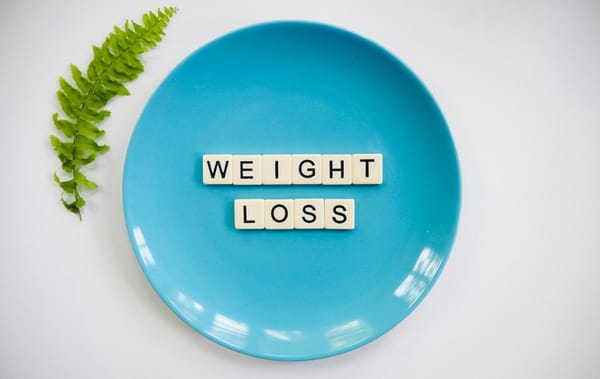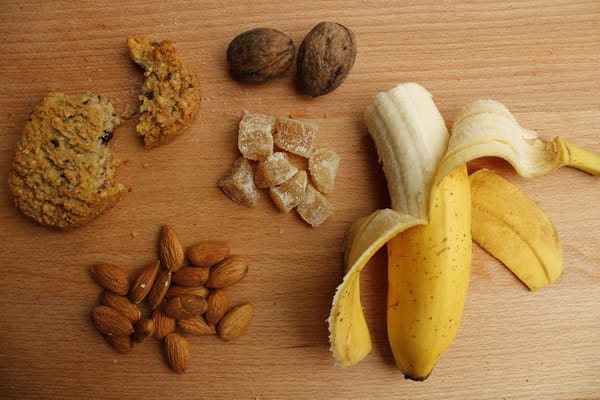What Exactly Is TDEE and Why You Should Care

TDEE, Total Daily Energy Expenditure, is one of the most significant factors in health and fitness disciplines. It is thus the total number of calories that your body burns in one day, inclusive of everything, from basal metabolic rate through to the calories used up in the physical activity.
Almost everyone who intends on losing weight, maintaining a weight, or gaining muscle at some point should be acquainted with TDEE. The article clarity on what TDEE is and why it is relevant from a health standpoint.
What is TDEE?
TDEE, the Total Daily Energy Expenditure, refers to the total energy (calorie) burnt over the course of a given day by the body. Several processes go into expending this energy:
- Basal Metabolic Rate: This is the energy that is expended by the body at rest under thermoneutral conditions, in the post-absorptive state, for example, breathing, heartbeat, and blood circulation. BMR constitutes a primordial proportion of daily calorie expenditure through activities of this type.
- Physical activity: It should be understood as the number of calories expended throughout the day by any kind of movement, including exercise, walking, etc. For example, running, cycling, or even just walking to the corner store.
- Thermic Effect of Food: The energy that is expended on digestion, absorption, and metabolism of food. Out of the percentage, the TEF contributes only about 10 percent of the energy used for the entire day, with protein being the most thermogenic macronutrient.
- Non-Exercise Activity Thermogenesis: All the activities that you do, not attributed to sleeping, eating, and exercising, that could be responsible for expending quite a number of calories during the day in a very unobvious way, like fidgeting, going to the kitchen, or just standing up. Whatever the case, the NEAT is quite significant in the grand scheme of expended calories for a day.
It is thus the combining of these all to make your Total Daily Energy Expenditure. As the subject of one's TDEE is a prerequisite to understanding how many calories one requires on the daily to support his or her goals in health and fitness. Knowledge of one's TDEE is fundamental to the proper management of one's diet with the goal of either losing weight, maintaining it, or gaining muscle.
Why Is TDEE Important?
Knowing the Total Daily Energy Expenditure is extremely necessary in enabling you to handle your diet and exercise plan. Here's how:
To Lose Weight:
You basically have to keep a calorie deficit in your diet, which means consuming less than your TDEE. TDEE holds the key to understanding how to reduce daily calorie intake safely—usually by about 500-1000 to reach an average of around 1-2 pounds bobbing down each week. If following this method, make sure not to lose weight at a very quick rate because this could also lead to muscle loss or deficiencies.
To Maintain Weight:
While trying to reach the same weight, one will have to consume around the total amount of TDEE calories. This ensures simply that the consumption of calories equals the burnt ones across the day. With an understanding of TDEE, it will be assured that intake exactly matches expenditure to maintain body weight, neither dropping nor building up. More than TDEE will lead to gaining weight, while under it would lead to weight loss.
For Gaining Muscle:
To build muscle, a caloric surplus must be maintained. To achieve a caloric surplus, you need to proceed above your TDEE. It is generally recommended to have a 300-500 caloric surplus for muscle gains since this provides enough energy to take care of the repairs and growth thereafter. The surplus needs to be paired off with strength training so that those calories made available can be used in the building up of muscle and not stored as fat.
Calculating the TDEE
One needs to derive his or her BMR to finally arrive at the TDEE computation. This can be done using a formula like the Mifflin-St Jeor equation; thus, to find their BMR, a person will need first to find out their own height, weight, and age. So here is the equation:
For women: BMR = 10 × weight (kg) + 6.25 × height (cm) - 5 × age (y) - 161
For men: BMR = 10 × weight (kg) + 6.25 × height (cm) - 5 × age (y) + 5
So, once you have your BMR calculated, then this will need to be multiplied by an activity factor that is in line with that of your lifestyle. The more active one is, the more the TDEE increases. Here are the common activity factors:
- Sedentary: little or no exercise (BMR × 1.2)
- Lightly active: light exercise or sports 1-3 days a week (BMR × 1.375)
- Moderately active: moderate exercise or sports 3-5 days a week (BMR × 1.55)
- Very active: hard exercise or sports 6-7 days a week (BMR × 1.725)
- Super active: very hard exercise or sports, a physical job (BMR × 1.9)
This provides a rough calculation of TDEE; one can follow it up with corrections for intake and comes out with success. The TDEE calculation gives a good estimate but differs slightly from one person to the other, depending on the metabolism, muscle mass, and level of daily activity. This rough number is a great estimation to get going with in tracking weight and caloric intake. If the weight is not changing as desired, increase or decrease calories by 100 or 200 and watch the trends.
Final Thought
Getting a clear understanding of one's TDEE is the key to attaining goals in health and fitness, be it weight loss, maintenance, or muscle gain. Knowledge of required daily intake makes it possible to make an informed choice regarding the diet and exercise regimen.
The TDEE calculator is a tool, and while using it, you should remain open to making the necessary adjustments to fit the individual progress and needs. This process of regular reassessment would involve age change, level, and muscle mass and ensure one is always on track to achieving fitness goals.



